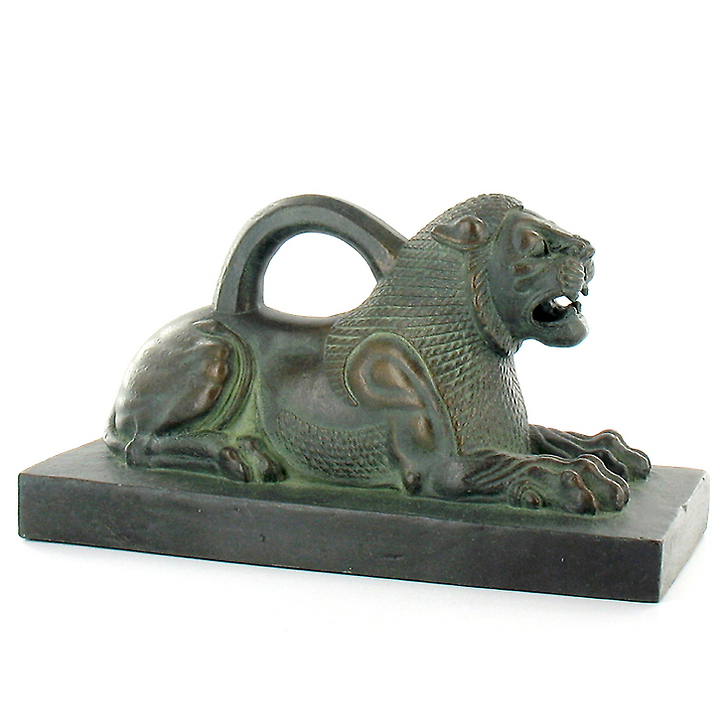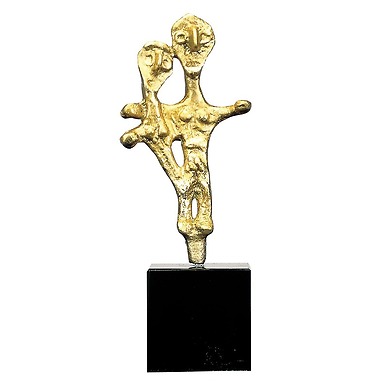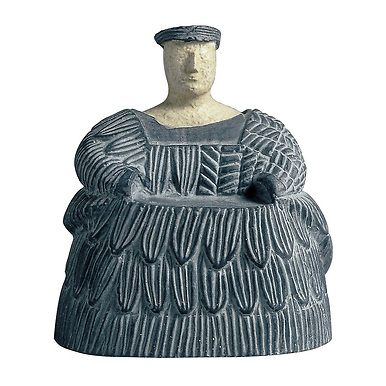Sculpture Lion of Suse
RA001021
Reproduction in patinated resin by hand. Mold made from a print of the original work on display at the Louvre.
Babylonians, like their Elamite neighbors, used to give their weights the shape of a large stone duck. Assyrians preferred to make bronze lion-shaped weights lying on a rectangular base and...
Read more
Reproduction in patinated resin by hand. Mold made from a print of the original work on display at the Louvre.
Babylonians, like their Elamite neighbors, used to give their weights the shape of a large stone duck. Assyrians preferred to make bronze lion-shaped weights lying on a rectangular base and equipped with a handle for convenient handling.
A set of these was discovered at Nineveh (British Museum). The most beautiful one comes from Khorsabad (Louvre). It dates from the end of the VIIIth century.
Just as they were inspired by Assyrian models in the decoration of the gate of Persepolis, the Achaemenian Persians imitated these weights. We have only one example, revealed by the Jacques de Morgan's excavations on the Susa Acropolis. It weighs 121 kg (267 lbs). Like its models, it has a handle on its back.
But contrary to Khorsabad's nervous lion, the Susa's wild beast reflects by its more sophisticated stylization the Persians artistic ideal: a latent and self-confident power. Decorative stylization is particularly sensitive in the treatment of mane and eyes.
This magnificent piece of animal sculpture symbolizes the spirit of a civilization wich is heiress of an immense past, yet rich in originality. This reduction molding was made during the Feasts of Persepolis to be offered to certain personalities.
Close
Login to see prices
Sold by GrandPalaisRmn








